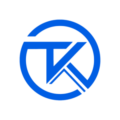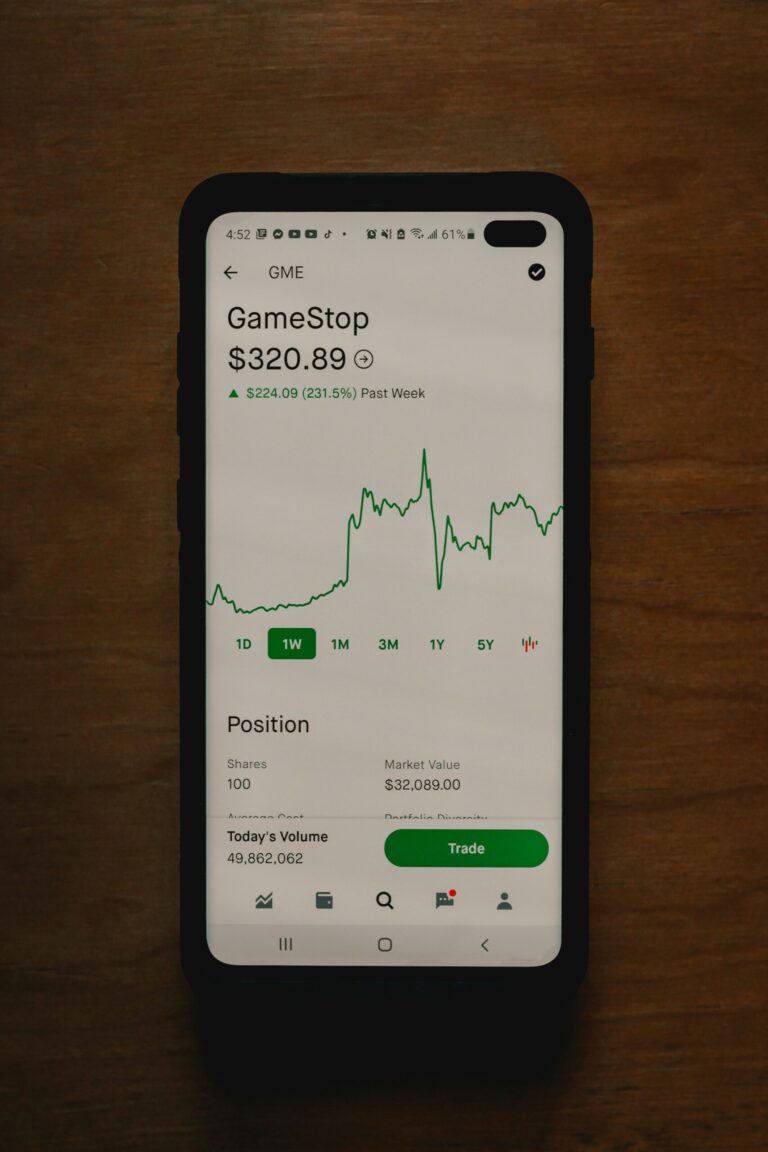
Understanding Real-World Asset Tokenization
Real-world asset (RWA) tokenization refers to the process of converting ownership rights of physical assets into digital tokens that are recorded on a blockchain. This innovative approach facilitates the representation of various assets, including real estate, commodities, and even financial instruments, in a digital format that is easily transferable, divisible, and secure. The significance of RWA tokenization lies in its ability to bridge traditional finance (TradFi) and decentralized finance (DeFi) by incorporating real-world assets into the digital financial ecosystem.
The process of asset tokenization typically involves several key steps. First, legal frameworks must be established to ensure compliance with regulations governing ownership and transfer rights. Following this, an asset is evaluated, and its ownership rights are converted into a digital form, usually by creating a smart contract on a blockchain. This smart contract stipulates the details regarding the asset, such as its valuation and any associated rights or obligations, effectively establishing a unique digital token that represents the asset.
Technologies underpinning RWA tokenization include blockchain platforms, which provide a secure, transparent, and immutable ledger for transaction records. Smart contracts not only facilitate the management of these tokens but also automate functions such as transfers and distributions of returns, thereby enhancing operational efficiency. The integration of tokenized assets into DeFi systems can unlock a myriad of opportunities; for instance, it allows assets to be used as collateral for loans or facilitates trading in secondary markets, thus increasing liquidity.
By enabling real-world assets to be represented as digital tokens, RWA tokenization holds the potential to democratize access to investment opportunities, reduce transaction costs, and enhance the speed of asset transfers. This paradigm shift has significant implications for both investors and asset owners, ultimately leading them towards a more integrated financial system where traditional assets coexist with their blockchain-based counterparts.
Key Benefits of RWA Tokenization
The process of tokenizing real-world assets (RWAs) offers a multitude of advantages that make it an increasingly appealing option for investors and institutions alike. One of the most significant benefits is enhanced liquidity and accessibility. Traditionally, certain assets, such as real estate, art, or private equity, are considered illiquid due to their large transaction sizes and lengthy selling processes. However, RWA tokenization transforms these assets into digital tokens that can be traded 24/7 on various decentralized platforms, enabling owners to sell their holdings more quickly and efficiently. Moreover, tokenization allows for fractional ownership, enabling investors to acquire a smaller share of high-value assets, which otherwise may have been out of reach.
Another pivotal benefit of RWA tokenization is the potential for portfolio diversification and improved risk management. By integrating tokenized RWAs into their investment strategies, investors can mitigate the inherent volatility associated with cryptocurrencies. This approach offers a balanced method to achieve returns by blending traditional asset classes with digital investments. As tokenized RWAs maintain a value that is more aligned with real-world economic indicators, they serve as a buffer against the erratic price movements usually associated with the cryptocurrency market.
Furthermore, the use of blockchain technology and smart contracts enhances the overall efficiency and transparency of transactions in RWA tokenization. Every transaction is recorded on a decentralized ledger, which not only reduces the likelihood of fraud but also improves traceability. The automated nature of smart contracts eliminates the need for intermediaries, thereby streamlining processes and reducing associated costs. As a result, both buyers and sellers can engage in transactions with confidence, knowing that the underlying assets are secure and verifiable. Overall, these key benefits underscore the transformative power of RWA tokenization in bridging traditional finance with decentralized finance.
The Impact of RWA Tokenization on DeFi and TradFi
Real-world asset (RWA) tokenization is driving a pivotal transformation in both decentralized finance (DeFi) and traditional finance (TradFi). By digitizing tangible assets such as real estate, commodities, and financial instruments, RWA tokenization introduces a new layer of accessibility and efficiency. As a result, we are witnessing a surge in DeFi growth, fueled by the integration of RWAs. Statistically, the adoption of RWA tokenization in DeFi has increased markedly, with numerous projects emerging that offer innovative solutions for both investors and asset holders.
With RWAs making their way into decentralized platforms, the liquidity challenges often faced in traditional markets are being addressed. By representing real-world assets on blockchain networks, tokenization allows for fractional ownership, enabling more investors to participate in markets that were previously inaccessible. For instance, a property valued at $1 million can be tokenized into 1,000 tokens, allowing individuals to invest in smaller portions. This shift not only democratizes access to high-value assets but also boosts market liquidity, enhancing the overall stability of the financial system.
Furthermore, RWA tokenization is giving rise to innovative financial products. Security token offerings (STOs) and advanced digital asset management systems are just two examples of how RWA integration is fostering new possibilities. STOs, particularly, allow companies to raise capital while ensuring compliance with regulations, bridging the gap between traditional funding mechanisms and the emerging decentralized landscape. Through these mechanisms, RWA tokenization encourages a more interconnected global financial system, where innovative solutions coexist with traditional finance. This unification exemplifies the transformative power of RWA tokenization, signaling a new era of financial interaction that blends the best of both worlds.
Challenges and Future Outlook for RWA Tokenization
Real-world asset (RWA) tokenization brings forth a plethora of potential benefits but is not devoid of challenges. One of the primary hurdles is navigating the regulatory compliance landscape. Regulatory frameworks vary significantly across jurisdictions, creating complexity for tokenized assets. Current regulatory guidelines may not adequately encompass the unique characteristics of blockchain technology or the implications of tokenized ownership, leading to uncertainty. The evolving nature of digital assets necessitates continuous dialogue between regulators and industry participants to establish comprehensive frameworks that provide clarity and confidence to stakeholders.
Another critical challenge faced by RWA tokenization resides within market making and liquidity concerns. Tokenized assets can struggle to achieve sufficient liquidity, as the market for these products is still in its infancy. For tokenization to fulfill its promise, robust mechanisms for trading and market-making need to be established. This will involve incentivizing market participants to engage in buying and selling tokenized assets, thereby enhancing market depth. Without adequate liquidity, the viability of RWA tokenization could be compromised, deterring the attraction of mainstream investors.
Additionally, there is an urgent need for legal recognition of tokenized ownership rights. The traditional legal frameworks often fail to account for the nuances of digital ownership, potentially hindering the enforceability of rights associated with tokenized assets. This discrepancy can further complicate investor trust and participation. Legal entities and policymakers must work collaboratively to clarify ownership rights and integrate them into existing legal structures to facilitate seamless adoption.
Looking forward, the future of RWA tokenization appears promising. As global financial ecosystems evolve, there is significant potential for continued growth in this domain. RWA tokenization offers an inclusive financial solution, bridging the gap between traditional finance (TradFi) and decentralized finance (DeFi). By harnessing the capabilities of tokenization, stakeholders can create a more efficient, transparent, and accessible financial ecosystem that benefits a broader demographic of investors and promotes financial inclusion.




